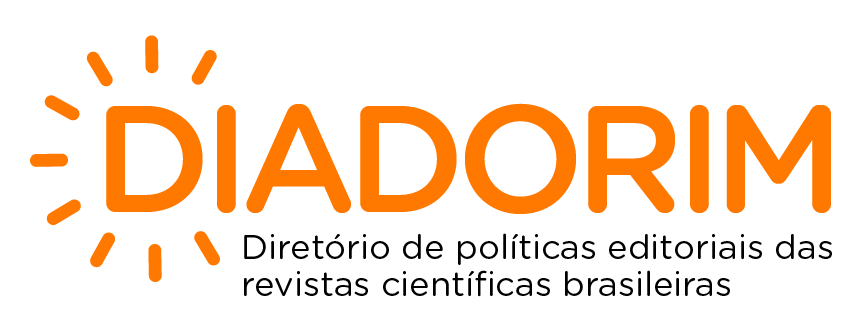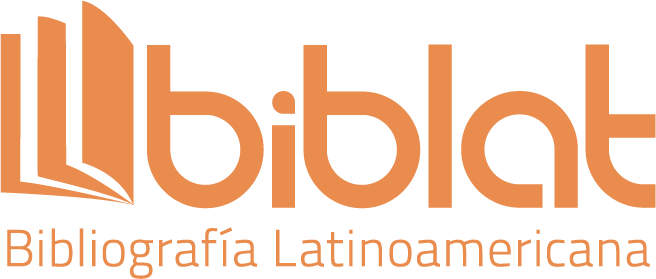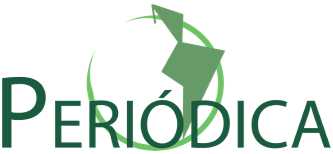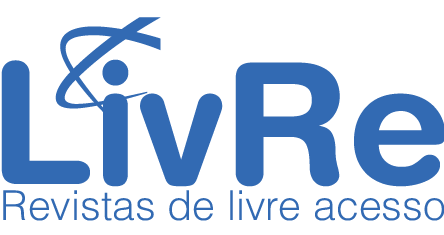Code of Ethics
Code of Ethics
BJMB adheres to the ethical principles applicable to editing scientific journals and publishing scientific articles, essential for the journal to play its role as guardian of scientific knowledge in the field of Motor Behavior. Editors, authors, and reviewers must follow these principles ensuring ethics and integrity in the publication process. Below, we detail the ethical standards that must be followed by the actors involved in the editorial process.
Authorship: the publication’s authorship must contain only individuals who significantly contributed to the elaboration of the work presented. In case of doubt about including an individual as (co)author, we recommend that you refer to the CRediT taxonomy (https://credit.niso.org/), which includes 14 categories of roles that can be played in the elaboration of a scientific article. The author submitting the article must ensure that all co-authors have seen and approved the article’s final version and agreed to its submission for publication in the BJMB. If the journal editors identify problems in the article’s authorship (editors use the COPE guide to identify this type of problem), the authors will be contacted for clarification. If the authorship problem is proven, the article should be removed from the review process. Also, concerning authorship, the inclusion (or exclusion) of authors during or after the editorial process will be subject to the editor’s evaluation on a case-by-case basis and must have the consent of all the authors of the article.
Duplicate publication: Submitting for publication the same manuscript (or a manuscript with high similarity) that has previously been published in another scientific journal constitutes unethical publishing behavior. If duplication is identified during the editorial process, the authors will be notified, and the article will be removed from the process. If duplication is identified after publication, the article will be subject to removal from the edition in which it was published, and the journal’s readers will be duly informed about the case. Articles from theses and dissertations are not considered duplicate publications and can be accepted in BJMB as long as the original work is cited in the submitted article.
Plagiarism: All articles submitted to BJMB undergo a plagiarism check in the desk-review stage, in which the journal’s editorial team uses the Turnitin application to carry out the similarity verification process. If excerpts with similarity are identified (except direct citation) and for which the reproduction has been total and/or without citation, the authors will be contacted for clarification. In the absence of appropriate clarification from the authors, the editors will archive the submission. During the peer review process, reviewers may also find evidence of plagiarism. If this happens, the reviewers will communicate the fact to the editors (presenting the appropriate evidence), and the editors will investigate suspected plagiarism using the following COPE flowchart: https://publicationethics.org/sites/default/files/plagiarism-submitted-manuscript-cope-flowchart.pdf. If the suspicion of plagiarism is confirmed, the editors will archive the submission.
Citations and References: Articles must cite appropriate and relevant literature to support their assertions. Excessive self-citation, unnecessary citations not consistent with the content of the article presented, and any other form of manipulation of citations are considered unethical procedures. If the manipulation of citations is identified, the submission will be archived.
Conflict of interest: Authors must declare any potential conflict of interest - whether professional or financial - they may have in relation to the article. Authors must also disclose all funding sources that the research reported in the article relied on. If evidence of an undisclosed conflict of interest is found, the editors will use the following COPE flowchart to take the necessary steps: https://publicationethics.org/files/conflict-of-interest-submitted-manuscript-article-cope-flowchart.pdf. Editors and reviewers invited to review articles also need to reveal conflicts of interest that could bias the editorial process, such as personal, academic, or financial relationships. Reviewers should not review manuscripts if they believe they are involved in any conflict of interest. If there is potential bias, editors should hand over the lead of the article process to another editor.
Data fabrication: Data fabrication is the unethical practice of inventing data or research results and recording or reporting them in the article. BJMB is strictly against the fabrication of data as this practice undermines the integrity of the scientific literature and its credibility and can lead to erroneous conclusions. In this sense, if a suspected data fabrication is found in submitted articles, the editors will use the COPE flowchart (https://publicationethics.org/files/fabricated-data-submitted-manuscript-cope-flowchart.pdf) to proceed with the necessary actions. If the data fabrication is confirmed, the editors will archive the submission.
Confidentiality: The BJMB keeps all details of a submitted manuscript confidential and does not comment on or publish the manuscripts while they are under consideration or when they are rejected. BJMB editors and reviewers are committed not to disclose manuscript data (or supplementary materials) prior to publication and not to use the knowledge they have gained from an unpublished article to further their own interests. If reviewers are accused of misappropriating ideas from an article under review, the BJMB editors commit to using the following COPE flowchart to help address this situation: https://publicationethics.org/files/reviewer-misconduct-suspected-cope-flowchart.pdf
Errors in published work: When a significant error or inaccuracy is discovered in a published work, it is the author’s obligation to immediately notify the journal editor and cooperate with the editor in withdrawing or correcting the article. Errors and inaccuracies can also be pointed out by researchers post-publication, and all claims will be evaluated by BJMB’s editorial committee and can result in the article’s retraction.
Retractions: All authors must provide retractions or corrections of errors, in case of detection. If plagiarism were identified after publication, we may publish a correction or retract the paper. If irregular image manipulation is identified and confirmed after publication, we may correct or retract the paper. Our in-house editors will investigate any allegations of publication misconduct and may contact the authors' institutions or funders if necessary. If evidence of misconduct is found, appropriate action will be taken to correct or retract the publication. Authors are expected to comply with the best ethical publication practices when publishing with the BJMB.
Research Involving Human Subjects: All research involving human subjects (individuals, samples, or data) must have been carried out according to the Declaration of Helsinki principles. Before starting the study, authors must have obtained ethical approval for all protocols from their institution’s ethics committee to confirm that the study meets national and international guidelines for research in humans. A document confirming ethics committee approval must be included as a supplemental attachment to the submission, including the ethics committee name and reference numbers. For non-interventional studies (e.g., surveys) for which ethical approval is not required or where the study has received an ethics committee waiver, this information should be added to the manuscript.
The article’s authors must have obtained informed consent from the individuals participating in the study. A statement to confirm this must be included in the manuscript. If requested, authors should be prepared to provide dated copies signed by participants to the journal’s editorial staff.
Guidelines for reporting research results: It is recommended that authors use the EQUATOR guidelines (https://www.equator-network.org/) to adequately report the results according to the type of research carried out. The use of such guidelines in the preparation of the manuscript helps to increase the reliability and replicability of the research.






















